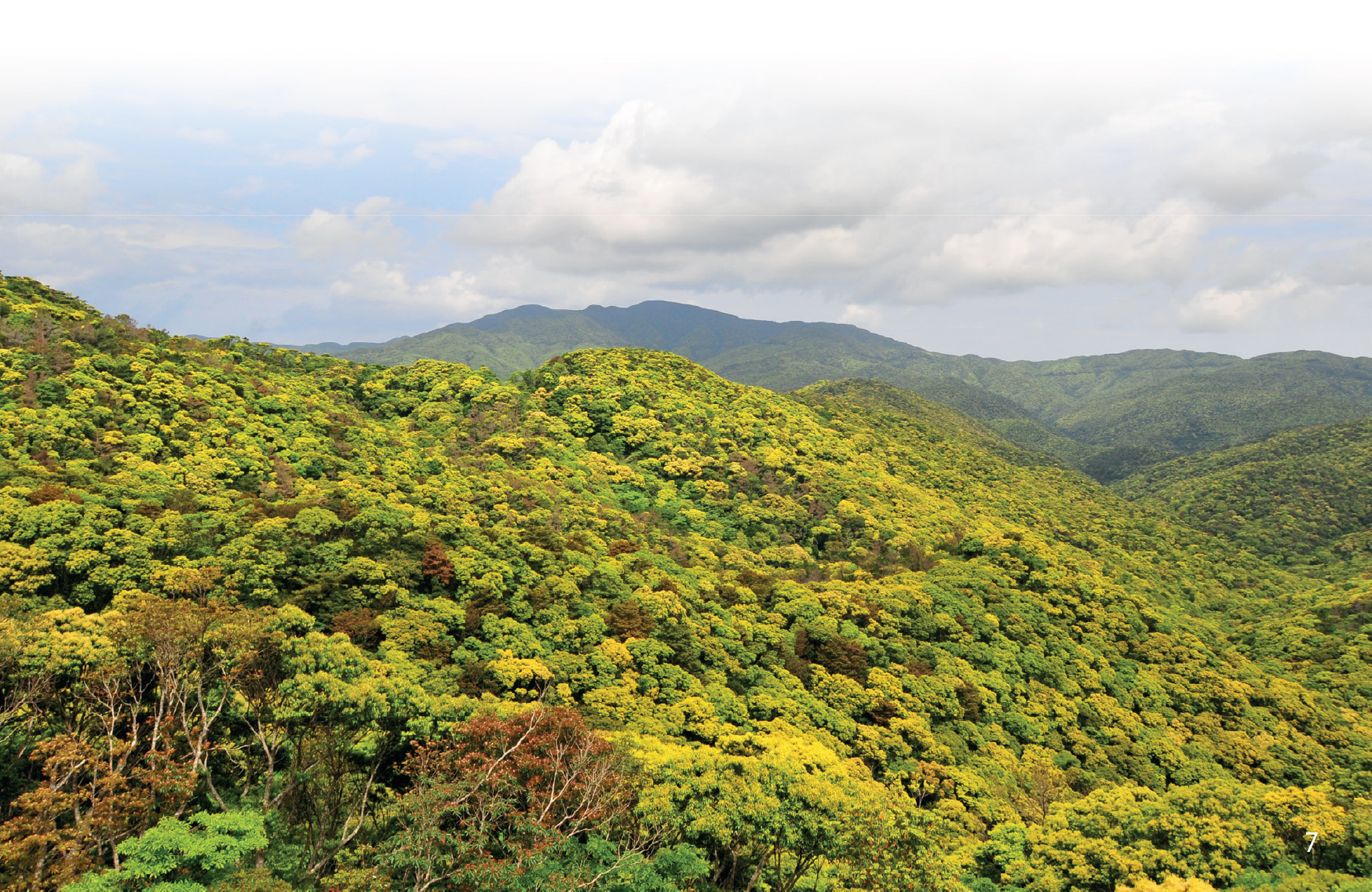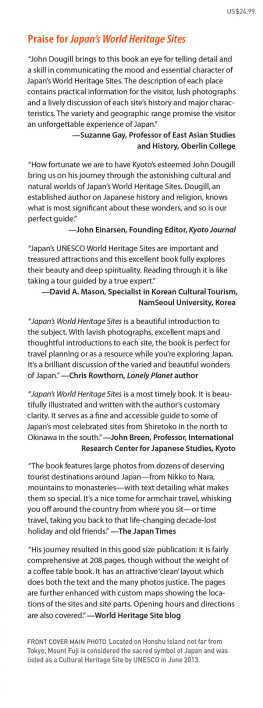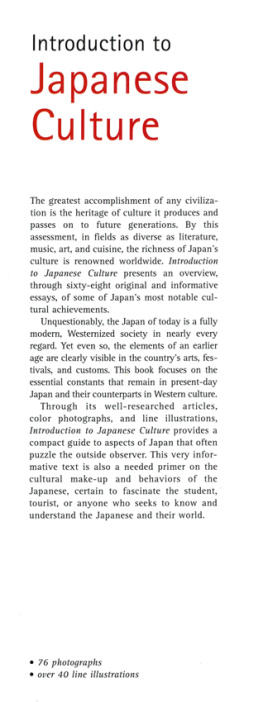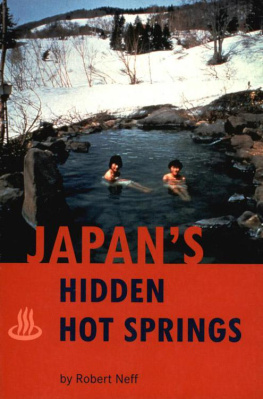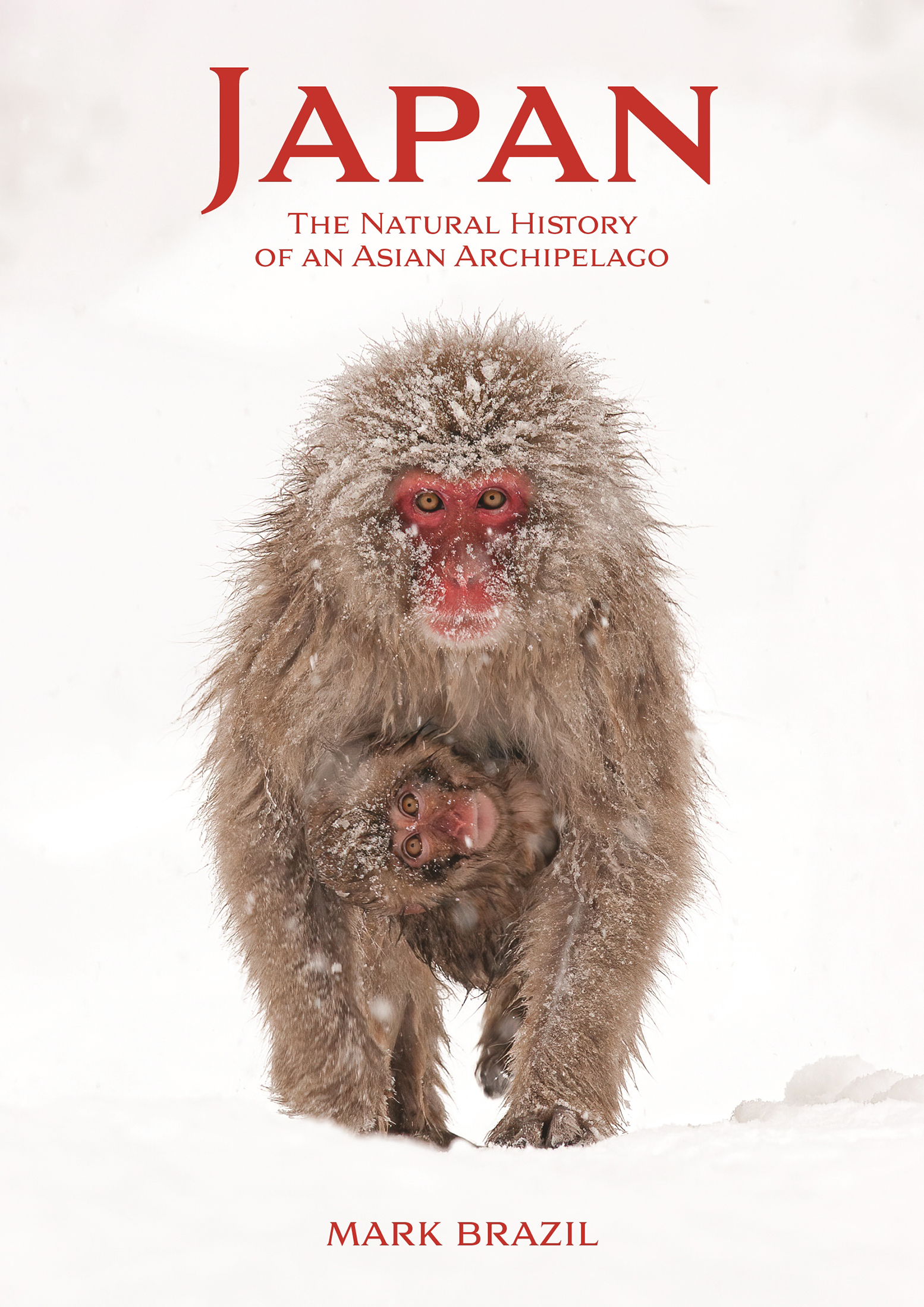
J APAN
THE NATURAL HISTORY OF AN ASIAN ARCHIPELAGO
MARK BRAZIL

WILDGuides

PRINCETON
press.princeton.edu
Published by Princeton University Press,
41 William Street, Princeton, New Jersey 08540
6 Oxford Street, Woodstock, Oxfordshire OX20 1TR
press.princeton.edu
Requests for permission to reproduce material from this work should be sent to
First published 2022
Copyright 2022 Princeton University Press
Copyright in the photographs remains with the individual photographers.
All rights reserved. No part of this publication may be reproduced, stored in a retrieval system, or transmitted, in any form or by any means, electronic, mechanical, photocopying, recording, or otherwise, without the prior permission of the publishers.
British Library Cataloging-in-Publication Data is available
Library of Congress Control Number 2021944387
ISBN 978-0-691-17506-5
ISBN (ebook) 978-0-691-23097-9
Version 1.0
Production and layout by WILDGuides Ltd., Old Basing, Hampshire UK.
Front coverJapanese Macaque [HT]
FrontispieceMt Fuji at dawn [CC]
Contents
Dedicated to the memories of:
Engelbert Kmpfer (16511716)
Carl Peter Thunberg (17431828)
Philipp Franz Balthasar von Siebold (17961866) and
Thomas Wright Blakiston (18321891)
each of whom did so much to teach the world about the fascinating natural history of Japan

The endemic Japanese Serow [HT]
Preface
I feel tremendously privileged to have first been able to visit the islands of Japan while I was a post-graduate student, now four decades ago. I have been fascinated by Japans natural heritage and natural history ever since. I found the landscapes and seasons of Japan to be attractive and appealing, and its biodiversity and geodiversity extraordinary. At the same time, I found the approaches of the Japanese people to the natural world around them to be inspiring, while also paradoxical and bewildering. My fascination with the country and its wildlife grew as I explored the archipelago, from the high mountains to the coasts, from northernmost Hokkaid to the southernmost of the Nansei Shot Islands and the Ogasawara Islands, and encountered more and more of the species that are at home there. A major allure that Japan holds for me is the considerable number of endemic species and subspecies found here, a consequence of the long geographical isolation that the archipelago has experienced as a whole and, more specifically, that of each subsidiary island group. The extent and length of the isolation experienced by life on these islands have been so great as to render Japan a veritable Galpagos of East Asia.
My own early explorations were hampered by an almost complete lack of guidebooks in English indicating places suitable for watching wildlife and helping with the identification of the species occurring there. There were few resources that could help the overseas visitor unable to read Japanese to understand the natural heritage, natural history and ecology of this special group of islands. That lack of information inspired me to write site guides and field guides the very kind of books which I had wished were available during my first explorations of Japan. This new book is the culmination of my final dream, which is to make Japans natural history interesting and accessible to even the most casual of visitors and travellers to these islands. It is exactly the kind of book I wished I could have read when I first visited. I hope that the personal and non-technical style will make the subject matter interesting, approachable and informative to the novice naturalist and specialist alike, and that it will allow another generation of Japan-obsessed naturalists to delve much further and deeper into Japans fascinating natural history.
Japan is widely perceived as an intensively urbanized and highly industrialized techno-marvel, complete with environmentally destructive policies, yet the country hosts a delightful array of wild creatures to excite any visiting naturalist (as I have previously described in The Nature of Japan). As a temperate island archipelago Japan cannot match large continental or tropical areas for their natural diversity, and Japans range of animals and plants does face threats from the overwhelming exploitation of both the marine and the terrestrial environments, yet, as you delve into this book, you will discover that it is home to many interesting, intriguing and even iconic species. Japan can relate some major conservation success stories, as exemplified by the recovering populations of endangered species such as Short-tailed Albatross [VU], Japanese Macaque and Wild Boar become emboldened, expand their ranges and put pressure on farmland where there are now too few people to deter them.
In this book, I introduce the natural heritage, natural history and wildlife of Japan, and reveal where Japans relationship with nature shines and where it is tarnished. The structure of the book offers a progression of chapters describing the underlying form and functioning of the country, the elements that have shaped and continue to shape its natural history, and which concern the identity and fascinating characteristics of individual species. This book is designed also for dipping into. Short stories elucidate aspects of the countrys natural history and illuminate the ecology and behaviour of some highlighted species.
My approach in this book is centred largely on terrestrial wildlife, as birds and mammals have always been my own primary interest and provide the main extent of my experience. Given the size constraints of a volume of this type, I have made no attempt to turn this book into a complete field guide. For those looking to understand Japans avifauna, my field guide Birds of Japan fills that niche. Those wanting a guide to the mammalian fauna need look no further than A Guide to the Mammals of Japan and The Wild Mammals of Japan, both of which are in English.
The country is now well provided with field guides in Japanese for most groups of organisms, including plants, freshwater invertebrates, terrestrial insects (especially butterflies and dragonflies), marine fish, reptiles and amphibians. I have therefore recommended a number of these references in the bibliography for those who wish to explore beyond the pages of this book.
As many of the species mentioned here are likely to be unfamiliar to readers, I have included their scientific names in the index, after their English names. I have made no attempt to reference every fact, but have provided an extensive bibliography and list of recommended reading.
I hope that this book will provide you with insights into the natural history of a fascinating archipelago and will encourage you to explore these islands with fresh and open eyes.
